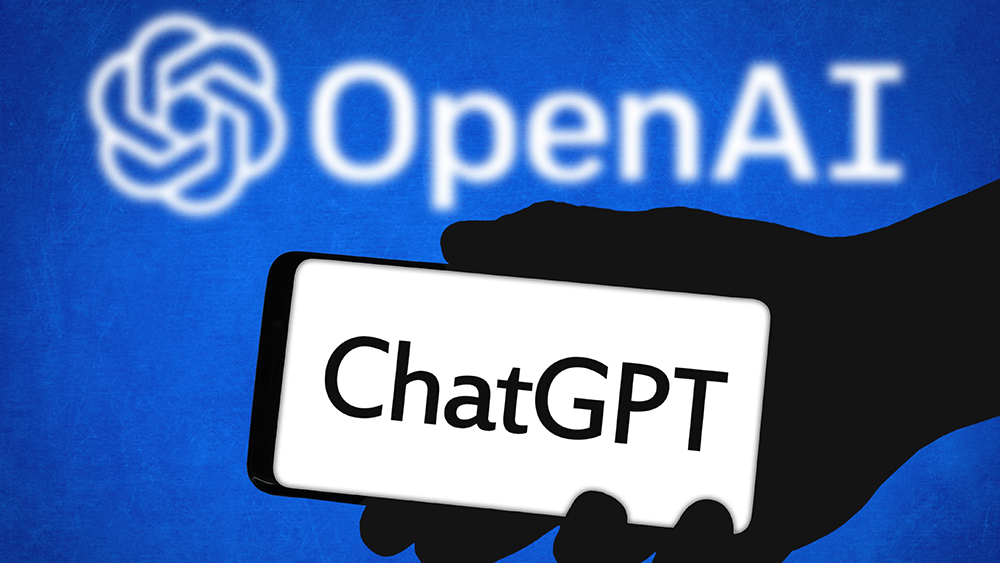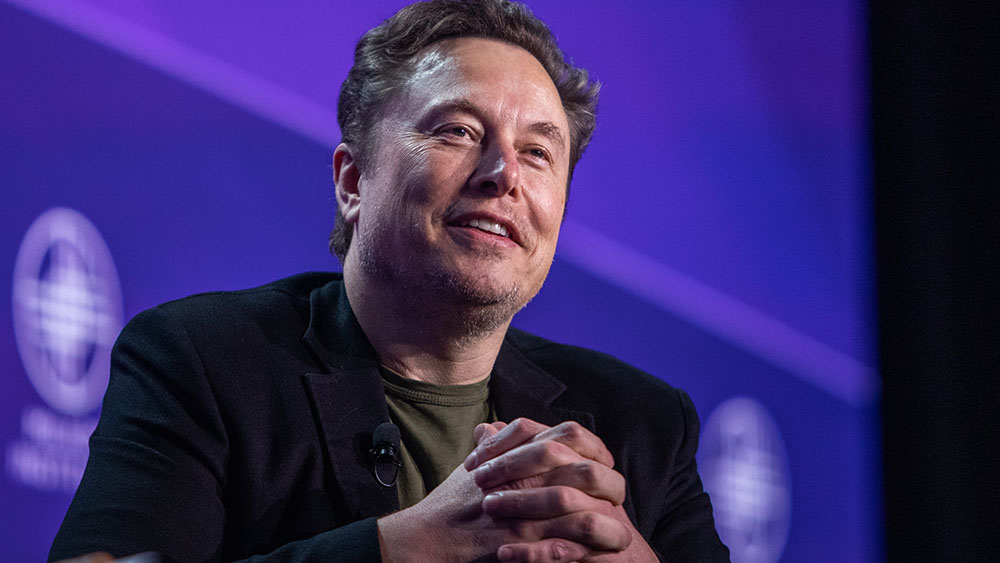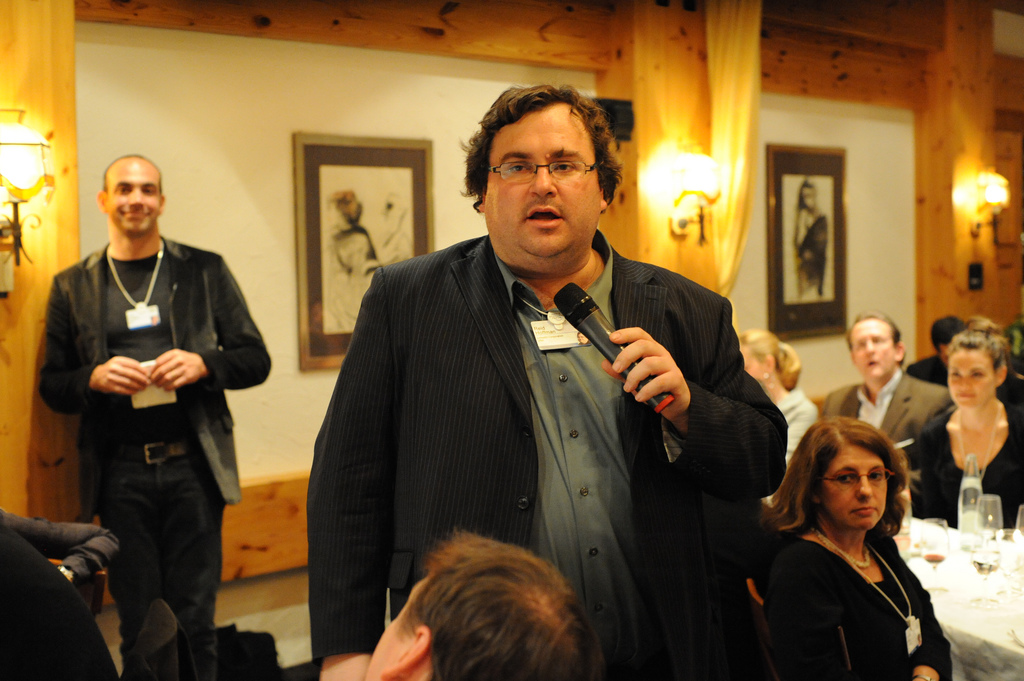Google’s quantum leap: Willow chip pushes boundaries of computing power
12/11/2024 / By Kevin Hughes

- Willow can solve problems in minutes that would take classical supercomputers 10 septillion years, showcasing quantum computing’s potential to outperform classical systems.
- Willow achieves “below threshold” error correction, reversing the trend of increasing errors with more qubits and paving the way for scalable quantum systems.
- By enhancing calibration, machine learning and fabrication methods, Willow increased qubit coherence time and reduced error rates by a factor of two.
- Willow outperformed classical computers on the random circuit sampling benchmark, as detailed in a Nature publication by Google’s Quantum AI team.
- While Willow represents significant progress, fully functional, large-scale quantum computers are still years away, with further error rate reductions needed for commercial viability.
In a groundbreaking development that could redefine the future of computing, Google has unveiled its latest quantum computing chip, dubbed “Willow.” This state-of-the-art processor represents a monumental leap forward in the field of quantum computing, achieving feats that were previously thought to be decades away.
Willow, a 105-qubit quantum processor, has demonstrated the ability to solve a problem in just five minutes that would take the world’s fastest supercomputers an astonishing 10 septillion years. This mind-boggling performance underscores the immense potential of quantum computing, which harnesses the principles of quantum mechanics to perform calculations far beyond the capabilities of classical computers. (Related: China may be winning the quantum computing race with a record-shattering processor)
One of the most significant achievements of Willow is its ability to reduce errors exponentially as the number of qubits increases. This breakthrough, known as “below threshold,” was first proposed by computer scientist Peter Shor in 1995 and has been a major obstacle in the development of practical quantum computers. By achieving this milestone, Google has effectively reversed the trend of increasing errors with more qubits, paving the way for scalable and reliable quantum systems.
The technology behind Willow relies on logical qubits, which are encoded using a lattice of physical qubits. This approach ensures that even if individual qubits fail, the system can continue functioning because the data is distributed across the logical qubit. Google’s researchers achieved this by improving calibration protocols, enhancing machine learning techniques to detect errors, and refining fabrication methods. These advancements have not only increased the coherence time of qubits, crucial for parallel processing, but also reduced error rates by a factor of two.
The implications of Willow’s error-correction capabilities are profound. Quantum computers have struggled with high error rates, with one in every 1,000 qubits failing without proper correction. By contrast, classical computers boast an error rate of just one in one billion billion bits. Willow’s ability to reduce errors exponentially as it scales up is a game-changer, addressing one of the most significant barriers to building large-scale quantum computers.
“What we’ve been able to do in quantum error correction is a really important milestone – for the scientific community and for the future of quantum computing – which is [to] show that we can make a system that operates below the quantum error correction threshold,” Julian Kelly, Google Quantum AI’s director of quantum hardware, said in an interview with Live Science.
Google’s achievement is a scientific milestone
Google’s achievement is not just a technical triumph but a scientific milestone. The company’s quantum AI team led by Hartmut Neven published its findings in the journal Nature, detailing how Willow outperformed classical computers on the random circuit sampling (RCS) benchmark. This test, widely used to assess quantum processors, confirms that Willow is capable of performing tasks that classical systems cannot.
While Willow’s performance on benchmarks is impressive, the ultimate goal is to develop quantum computers that can solve real-world problems. Google envisions applications ranging from drug discovery and battery design to nuclear fusion and logistics optimization. These tasks, currently beyond the reach of classical computers, could be revolutionized by quantum processors capable of handling complex simulations and computations.
However, the journey to practical quantum computing is far from over. Willow is still an experimental device, and experts caution that a fully functional, large-scale quantum computer is likely years away. The error rate, while significantly reduced, still needs to drop further for quantum computers to be commercially viable.
Google’s advancements come at a time when quantum computing is becoming a global priority. Countries like the United Kingdom have launched national quantum computing centers, while companies and research institutions worldwide are investing billions in the field. Competing approaches, such as trapped-ion qubits developed by researchers at British and Japanese universities, are also making strides, highlighting the diversity of strategies in the race to unlock quantum potential.
For now, Willow represents a significant milestone rather than a breakthrough, according to some experts. But its achievements are undeniable, and the progress made in error correction and performance sets a new standard for quantum computing. Google’s next challenge is to demonstrate practical, commercially relevant computations on its quantum chips, moving beyond benchmarks to real-world applications.
Follow Computing.news for more stories like this.
Watch this video about the use of quantum computing for global surveillance.
This video is from the oneninetyfivenationsrising channel on Brighteon.com.
More related stories:
Google claim of achieving quantum computing will change everything.
Google backs construction of first small nuclear reactors to power AI data centers.
Google plans to develop AI systems specifically for CENSORSHIP enforcement.
Sources include:
Submit a correction >>
Tagged Under:
AI, Big Tech, breakthrough, computer chip, computer chips, computing, discoveries, future tech, Glitch, Google, information technology, processor, Quantum AI, quantum computing, quantum error correction, qubits, supercomputer, tech giants, willow
This article may contain statements that reflect the opinion of the author
RECENT NEWS & ARTICLES
COPYRIGHT © 2017 BigTech.news
All content posted on this site is protected under Free Speech. BigTech.news is not responsible for content written by contributing authors. The information on this site is provided for educational and entertainment purposes only. It is not intended as a substitute for professional advice of any kind. BigTech.news assumes no responsibility for the use or misuse of this material. All trademarks, registered trademarks and service marks mentioned on this site are the property of their respective owners.


















